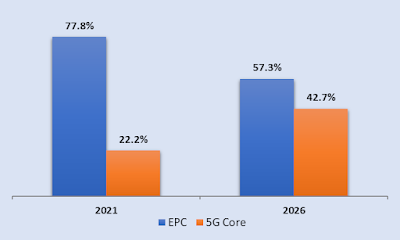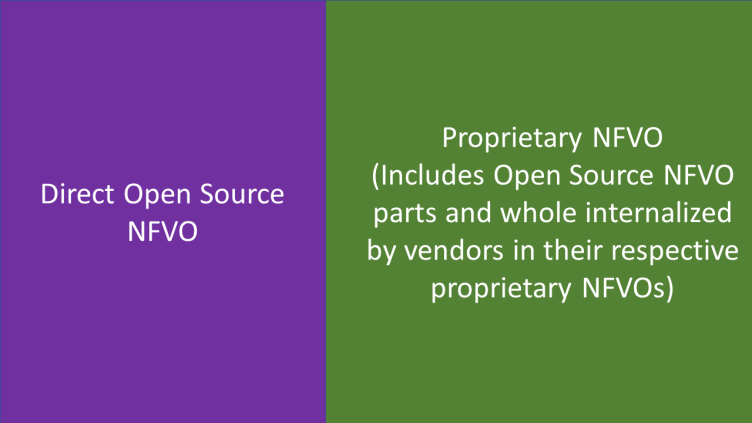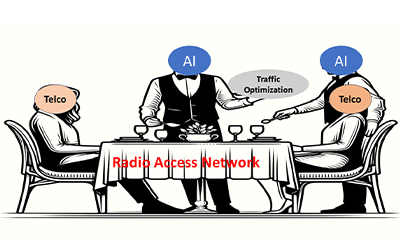Future of 5G Core – Putting it in Numbers
What does the future portend for 5G Core?
In our previous blog, we examined the barriers to 5G acceptance. We will now see how the numbers stack up for 5GC vis-à-vis EPC.
Figure below is excerpted from our latest report Virtual Core – Gateway to the “Real 5G”.
The figure shows the market share progression during 2021-2026 for EPC and 5GC.

As 5G radios increasingly become the norm, the terms EPC and 5G Core will be used interchangeably with the NSA and SA modes. Expectedly, the market for 5G core will outpace the EPC market. The most obvious barrier for 5G core acceptance is pricing. Reportedly, for a comparable user base, the 5G core is costlier by a substantial factor with premium estimates ranging from 50% upward. This is a compellingly steep barrier for many carriers whose ROI from 4G EPC is unfulfilled to date. 4G EPC is also able to address the most immediate user experience enhancement in the form of throughput amplification to a great degree of effectiveness when coupled with 5G radios. The obvious lacuna in EPC is its limitation in serving the uRLLC and MMTC 5G use-cases. The next five years will witness the building of the proverbial perfect storm for these use-cases with the following ingredients:
- Increased industrial automation driven by AI, ML and IoT constructs
- Growing demand for private networks
- Remote management and interactions across domains and industries
- Decentralized workforce
Each of the above ingredients results in a network slicing use-case. 5GC is naturally tailored for this scenario. The pull of the use-cases will ultimately prevail over the obstacles posed by pricing challenges, making 5GC the mainstream core methodology.
For more insights about the 5GC market, check with us on out latest report Virtual Core – Gateway to the “Real 5G”.
|
RELATED BLOGS

The NFVO Product and its Profiles

The Table, The RAN, The AI and The Serving

